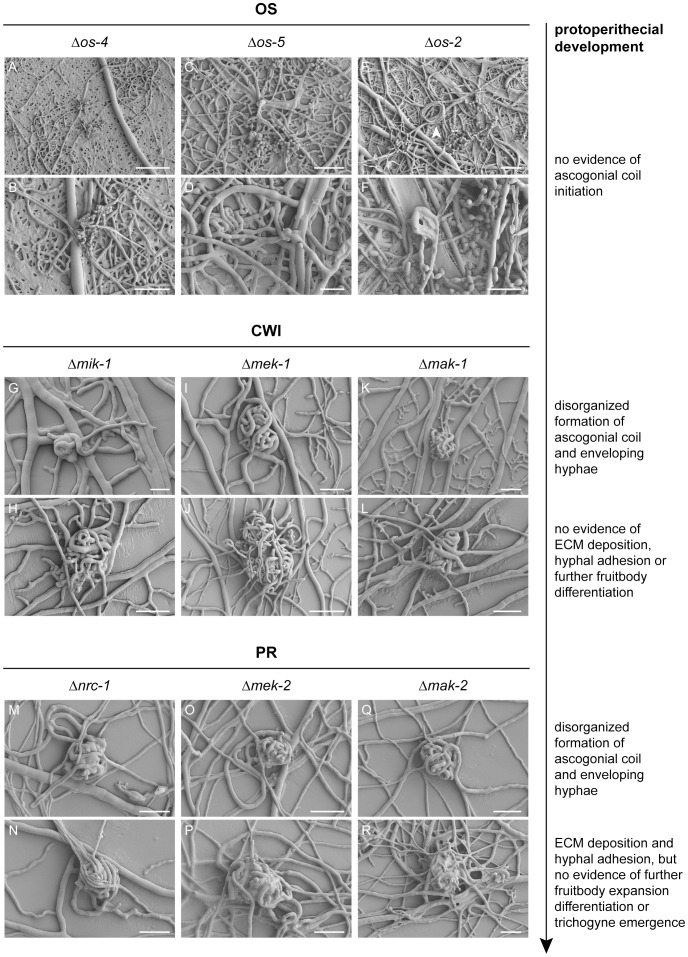Figure 6. ECM and hyphal adhesion seem essential for the organized assembly of enveloping hyphae into protoperithecia.
(OS) Despite several attempts, ascogonial coils, let alone protoperithecial-like structures, could not be identified in mycelia of the three OS-MAP kinase mutants. Large areas of the mycelium were collapsed, indicating extensive lysis of vegetative hyphae. Hyphal loops (a.k.a. hyphal coils or lassoes), as shown here in Δos-2 (arrowhead in E) were occasionally observed in all three mutants. These structures are frequently found in the wild type, and although their function is unknown, a connection to sexual development seems unlikely (see discussion). Scale bars: (A) 100 µm; (B, C, E) 50 µm; (D, F) 25 µm. (CWI) Δmik-1, Δmek-1 and Δmak-1 strains initiated ascogonial coils and differentiated enveloping hyphae. The assembled multicellular structures, however, remained loose hyphal aggregations and ECM was absent, suggesting that hyphal adhesion was not sufficient to form subspherical protoperithecia. Scale bars: (G) 10 µm; (H, I, K, L) 25 µm; (J) 50 µm. (PR) Δnrc-1, Δmek-2 and Δmak-2 strains produced ECM, and hyphal aggregations resembled better-organized and more spherical ‘early-stage’ protoperithecia. Nevertheless, trichogynes have not been observed in these strains, and sexual development did not progress beyond this stage. Scale bars: (M–R) 25 µm.

